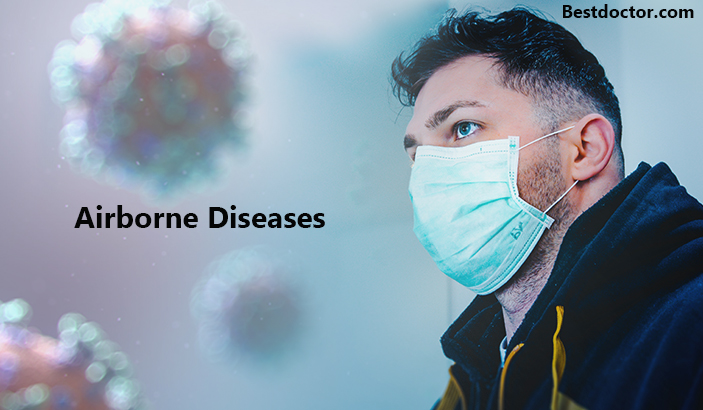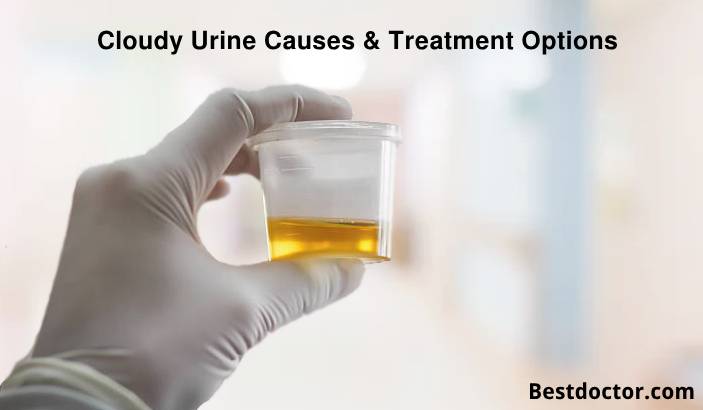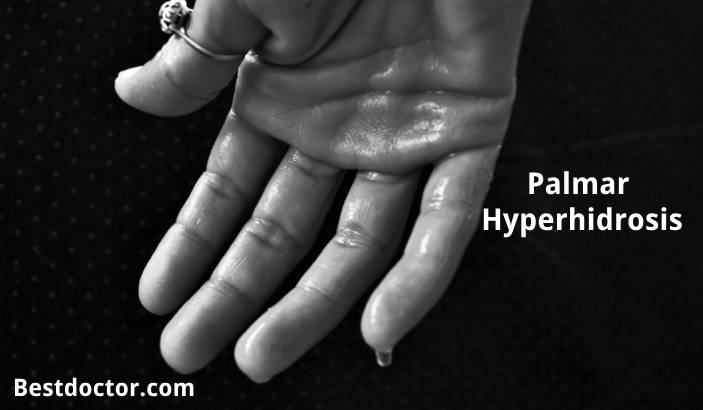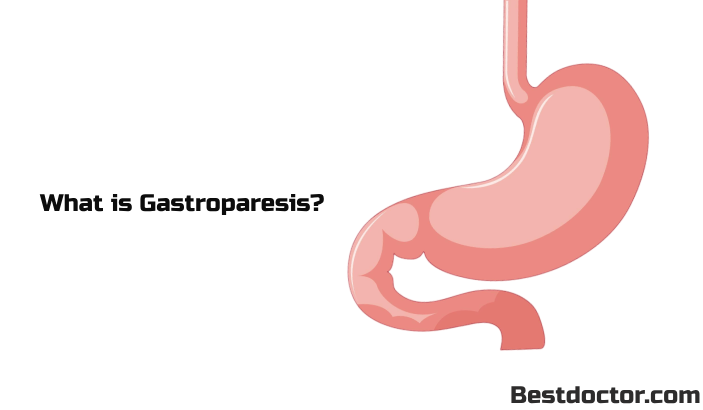The airborne disease spreads through the air. These are highly contagious diseases and are relatively hard to control. The person may contract these diseases if they encounter a diseased person. The vaccine prevents a person from getting many airborne diseases. Most of the airborne disease does not require treatment and go away on their own. Treatment includes rest and medicines.
What Are Airborne Diseases?
Airborne diseases spread through the air. The person may contract these diseases merely by breathing in the air containing pathogens. When a person suffering from airborne diseases sneezes, coughs, talks, or breaths, the pathogens come in the air. In many cases, the pathogens land themselves on the surface and hang on there for a considerable period. A healthy person, when touches the contaminated surface and then touches the mouth or nose, is at high risk of contracting the airborne disease. The transmission of the airborne disease is rapid and is harder to control.
Types Of Airborne Diseases
Following are the various types of airborne diseases;
1. COVID-19
Although not kept under the strict definition of airborne disease, because of its large particle size, COVID-19 infection generally spreads when the person encounters the patient or touches the contaminated surface. The symptoms of COVID-19 include fever, fatigue, difficulty breathing, and chest pain.
2. Diphtheria
This disease is now rare and is caused by Corynebacterium diphtheriae. It affects the respiratory system, nervous system, and cardiovascular system. Vaccination can prevent diphtheria.
3. Tuberculosis
Mycobacterium Tuberculosis causes this disease. Although it mostly affects the respiratory system, it can also spread to the spine, brain, and other parts of the body.
4. Chickenpox
Varicella-zoster virus is the causative agent of chickenpox. It causes rashes that may lead to itchy blisters. People generally get chickenpox once in their lifetime. However, if the condition reappears, it may result in shingles.
5. Measles
Measles is a highly contagious viral disease. It results in rashes. It is preventable through vaccination.
6. Mumps
Mumps virus causes mumps. It is highly spreadable, and the initial symptoms include headache, poor appetite, and fever. Vaccination prevents this disease.
7. Influenza
Commonly called as flu, this disease affects the nose, throat, and other parts of the respiratory tract. It is a viral disease. In most people, it does not require any specific treatment and goes away of its own.
8. Common Cold
In most cases, the common cold is caused by a rhinovirus. It is a highly contagious disease and most commonly occurs in children.
9. Whooping Cough
It is also known as pertussis and affects the respiratory system. Bordetella pertussis bacteria cause whooping cough.
Symptoms Of Airborne Disease
Following are some of the symptoms of airborne diseases;
- Sore throat
- Headache
- Respiratory problems including inflammation in the lungs.
- Nasal and throat congestion
- Loss of appetite
- Fatigue and weakness
- Fever
- Runny nose
- Swollen glands
- Coughing
- Sneezing
Apart from the above common symptoms, specific symptoms depend upon the disease and the organs affected.
Airborne Diseases Causes
The transmission of airborne disease occurs through the air. Following are the causes of these diseases;
Encountering the person suffering from airborne disease, as it may spread if the person sneezes or talks.
Touching the contaminated surface and then touching your eye, nose, or mouth.
Visiting the patient in the hospital without any precaution.
Treatment For Airborne Disease
The treatment of the airborne disease depends upon the type of disease, and severity. Treatment includes;
1. Medications
The doctor may prescribe the medicines to reduce the severity of the condition and to shorten the diseased phase. Antibiotics are prescribed in case the airborne disease progresses to pneumonia.
2. Symptom Management
In most cases, the symptoms of airborne diseases are managed instead of treating the disease itself. Fever is managed by paracetamol, while pain is managed through over-the-counter analgesics.
3. Rest And Fluid Intake
Patients should take enough rest and fluids during airborne diseases.
Prevention Of Airborne Diseases
The airborne disease can be prevented through the following measure;
- Getting vaccinated as per the schedule.
- Wearing masks during a disease outbreak.
- Maintain social distancing.
- Follow proper hygiene.
- Proper ventilation in large buildings.
- Wash your hands after coughing or sneezing.
- Do not frequently touch your nose, mouth, or eyes.
When To See A Doctor?
The patient should book an appointment with the doctor if;
- You have trouble breathing.
- You have chest pain
- You have swollen glands and a sore throat.
- Your symptoms are not relieved with medicines.
- You have a loss of appetite, headache, and body pain.

Rohit Jain is an IPR Specialist and Medical Content Writing Expert. For over a decade, he has written several articles in the areas of female infertility, Erectile dysfunction, hemangioma, cervical cancer, monoclonal gammopathy of undetermined significance, mononucleosis, mitral valve disorder, shin splints, mild cognitive impairment, cellulitis, lymphoma, sepsis, cardiac rehabilitation and more.








Enhancing Your Career Opportunities with Improved Vision from LASIK Surgery in Manhattan
What Does Cloudy Urine Mean in Females and Males?
Palmar Hyperhidrosis: Understanding Causes, Symptoms, and Treatment
16 Warning Signs You Need to Go See Your Doctor As Early As Possible